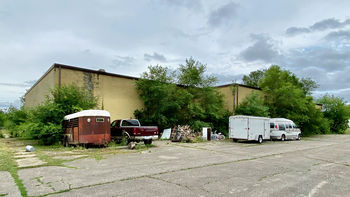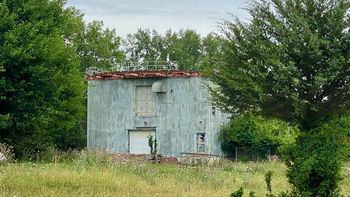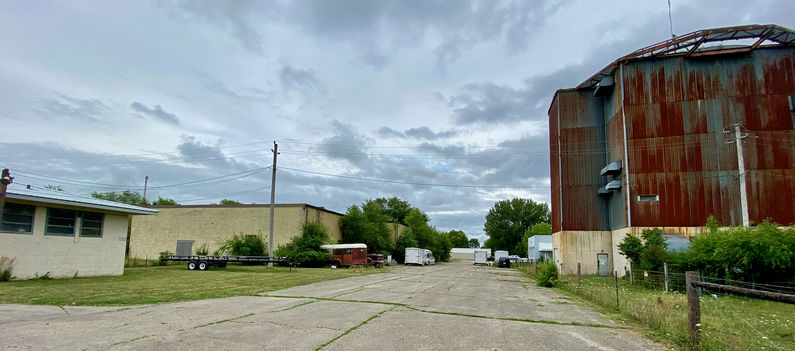Waverly Air Force Station
|
Waverly Air Force Station (1952-1969) - A Cold War U.S. Air Force Radar Station established during the Korean War. Located near Waverly, Bremer County, Iowa. Initially assigned a Permanent ID of P-81 and a Sage ID of Z-81. Closed in 1969.
HistoryThe station opened in May 1951 and became operational in 1952 as Waverly Air Force Station manned by the 788th Aircraft Control & Warning (AC&W) Squadron. 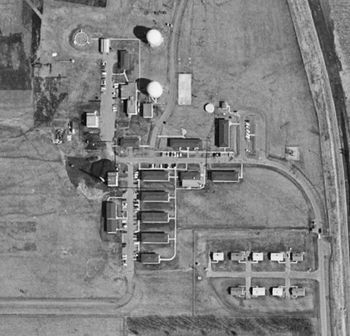 Initial equipment included two FPS-10 radars, one used as a search set, and one used as a height-finder. In 1959, an FPS-6 height-finder was installed and an FPS-6A height-finder replaced the FPS-10 height-finder. This configuration (a long-range search radar and two SAGE qualified height-finders) just met the requirements for transition to SAGE System operation. The 1958 USGS aerial photo of the site on the right shows the original site configuration before the FPS-6 height finder installations. Note the standard style operations building by the lower radome, the two FPS-10 radomes, and the original 9 unit family housing area. The central heating plant can be seen with a tall smokestack and a large pile of coal alongside. This area is now tenant garages.
SAGE System TransitionThe transition of the manual GCI system to the automated SAGE system began with the installation of the FST-2 coordinate data transmitter and search radar upgrades. The FST-2 equipment digitized the radar returns and transmitted the digital returns to the SAGE direction center. Under the SAGE System, interceptor aircraft were directed to their targets by the direction center computers and controllers, greatly reducing the need for local controllers and equipment at every radar station. The FST-2 was a very large digital system using vacuum tube technology. Over 6900 vacuum tubes were used in each FST-2 requiring 21 air-conditioned cabinets, 40 tons of air conditioning, 43.5 kva of prime power, and usually a large new addition to the operations building. The FST-2B modification added two more cabinets but with newer solid-state (transistor) technology to process coded responses from aircraft transponders. SAGE System Operation
The site began operation as a SAGE site in 1959 initially feeding the Truax SAGE Direction Center DC-07. On 1 Nov 1959, the squadron designation was changed from the 788th AC&W Squadron to 788th Radar Squadron (SAGE) indicating the new SAGE System role. By 1963 one of the FPS-6 height-finder radars was replaced by an FPS-90 and the second was replaced by an FPS-26A. The remaining FPS-10 was replaced with an FPS-27 that went operational circa August 1964. Originally Waverly AFS was slated to be the site of one of the 20 SAGE/BUIC III sites but an OSD review in August 1965 reduced the number of sites to 19, dropping the Waverly site. On 1 Jul 1968 SAGE control of Waverly AFS shifted to Sioux City SAGE Direction Center DC-22 and on 1 Jul 1968, it shifted again to the Duluth SAGE Direction Center DC-10 as the SAGE System underwent reconfiguration. ClosureThe closure of Waverly AFS was officially announced in local newspapers on 1 May 1969. The 788th and Waverly Air Force Station were deactivated on 30 Sept 1969.
Gap FillersWaverly AFS was responsible for the maintenance of four remote unattended gap-filler radar sites. The unattended gap filler sites were placed in locations where the main search radar lacked coverage. These sites were equipped with short range FPS-14 or FPS-18 search radars and FST-1 Coordinate Data transmitters that sent digitized radar target data to a SAGE direction center and to the main radar site. Both the radar set and the FST-1 were dual channel to increase site up time. Maintenance teams were dispatched for regularly scheduled maintenance or when fault indicators on the FSW-1 remote monitoring equipment suggested the site had problems. The FSW-1 also allowed remote operation of specific functions such as channel changes for the radar and for the FST-1, it also allowed remote operation of the diesel generators at the gap filler site. The Waverly AFS gap-filler radars were located at Dallas Center IA, La Motte IA, Cresent MN, and Washington IA. One additional gap filer at Glennville, MN was planned but never built.
Physical Plant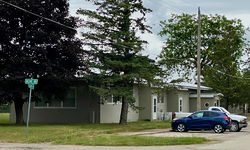 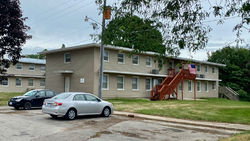 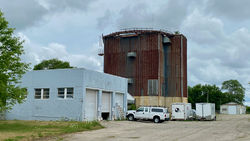 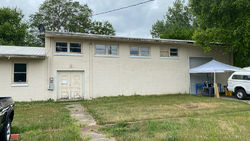 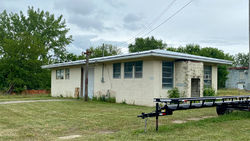 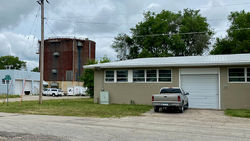 The physical plant of the site was divided into the main site, a cantonment area, a housing area, and a radio site. The main site housed the operations buildings, the radar towers, and the backup generators. The cantonment area was adjacent to the main site and housed the enlisted barracks, the bachelor officer's quarters, the orderly room, the dining hall, the motor pool, and other support buildings. Apart from the main site and outside the security area was a small 9 unit housing area, later upgraded to 23 units, for married personnel.
Current StatusIn private hands. Now a partially gated community with barracks buildings converted to apartments. The operations area and the cantonment area are behind a sliding access gate while the former housing area is outside the fenced area.
See Also:
Sources:
Links: Visited: 8 Jul 2021
| |||||||||||||||||||||||||||||||||||||||||||||||||||||||||||||||||||||||||||||||||||||||||||||||||||||||||||||||||||||||||||||||||||||||||||||||||||||||||||||||||||||||||||||||||||||||||||||||||||||||||||||||||||||||||||||||||||||||||||||||||||||||||||||||||||||||||||||||||||||||||||||||||||||||||||||||||||||||||||||||||||||||||||||||||||||||||||||||||||||
